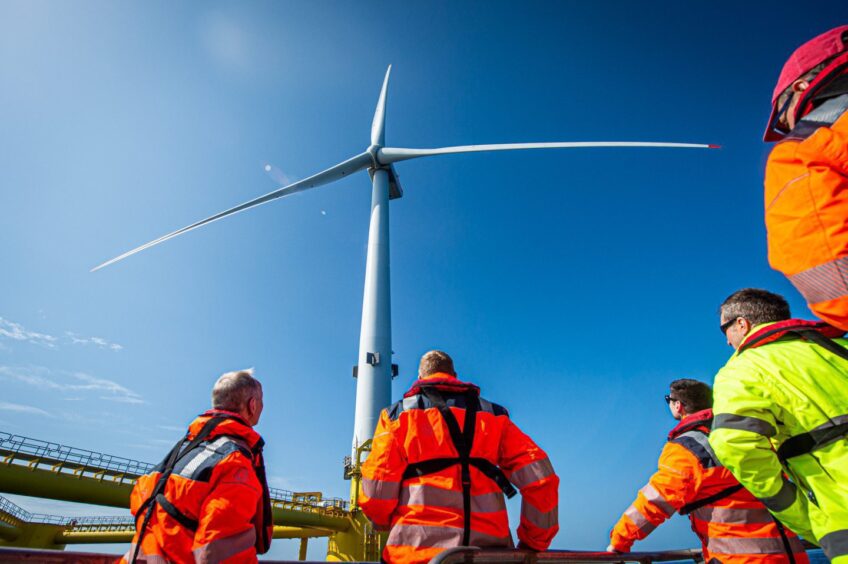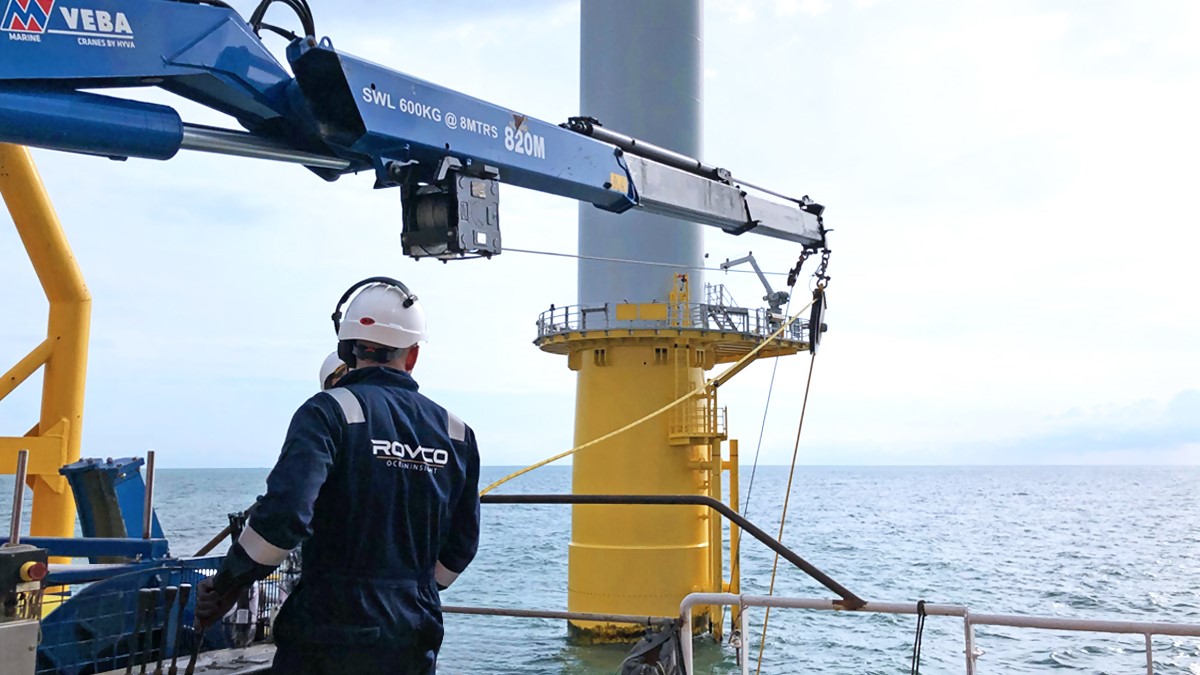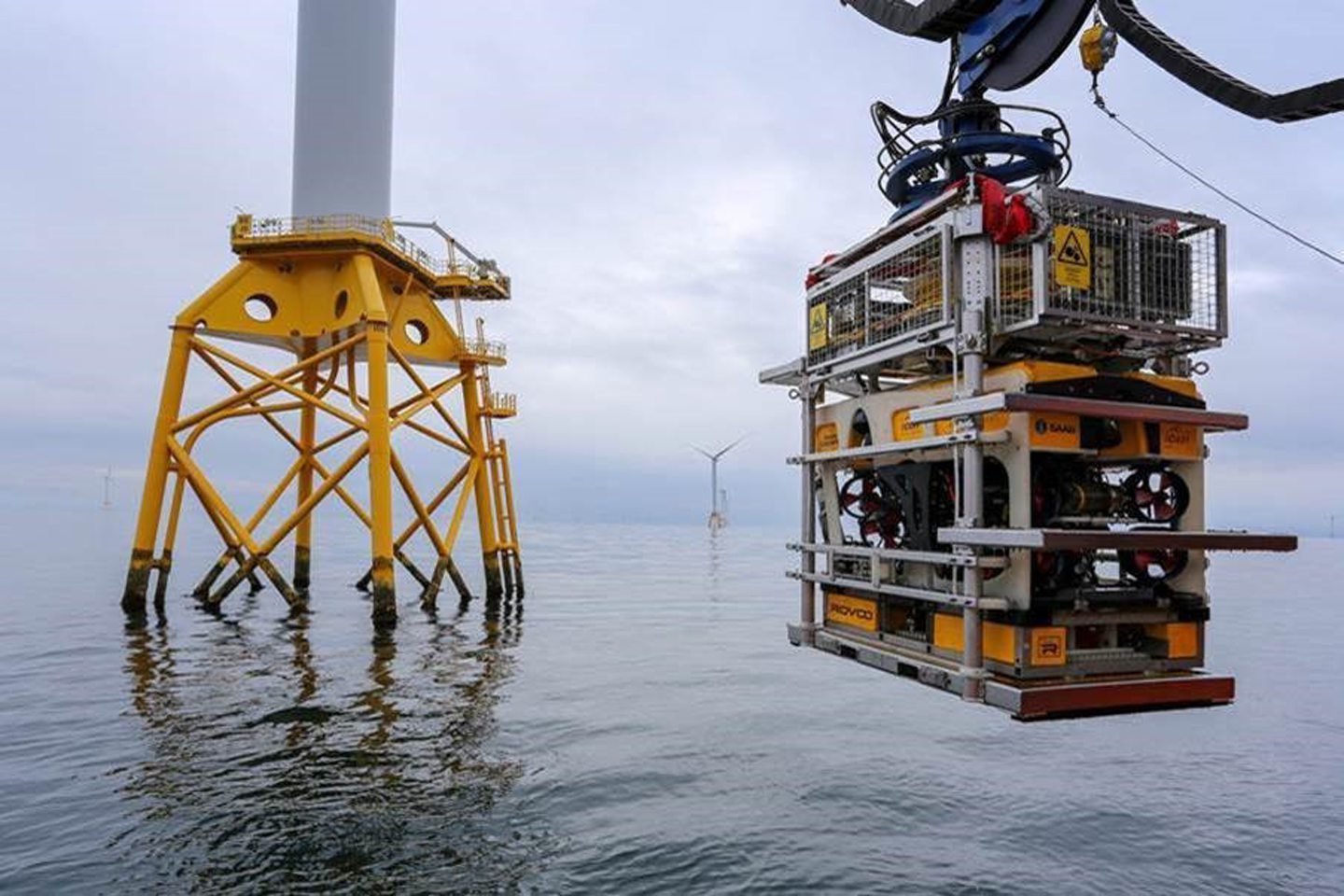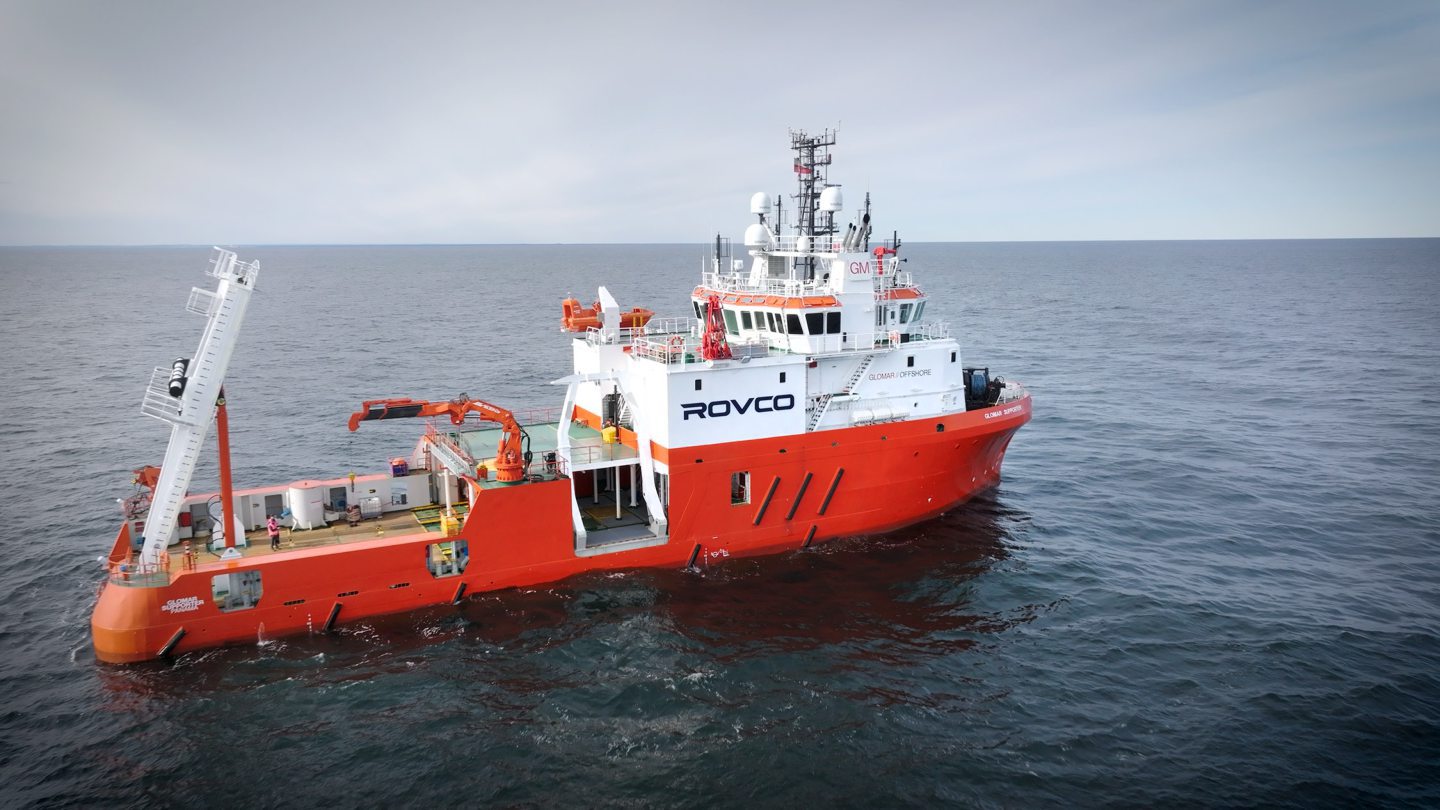
As a CEO in the offshore wind industry, I’ve welcomed the ambition from our new Labour government on green energy.
Two particularly standout pledges have been Labour’s commitment to create an additional 650,000 new jobs through green investment plans and its intention to increase our 2030 offshore wind target from 50 to 60GW.
However, I understand the industry wariness towards both. On the jobs front, estimates from the Offshore Wind Industry Council (OWIC) suggest we already need an additional 70,000 workers by 2030.
This workforce issue has combined with other problems such as supply chain costs and manufacturing shortages to put the 50GW by 2030 target at risk.
Many industry spokespeople have said in recent months that it will be “impossible” to reach 50GW in the next six years.
At present, an extra 10GW while we’re already facing a worker shortage is a real challenge.
Labour needs clear policies
This is why it’s crucial that Labour comes fast out the gate on offshore wind to lay out clear policies for reaching these targets.
Technology needs to be front and centre of Labour’s plans, and the industry’s as well.
This will be vital when it comes to both our capacity targets and our workforce shortage, which are inextricably linked.
Starting with our workforce dilemma, we know that part of the solution lies in achieving a just transition.
I’m a product of this myself, having moved across from oil and gas just under ten years ago to set up my offshore wind technology company, Rovco.
At Rovco, employees with prior experience in oil and gas are central to our operations and a key focus of our recruitment efforts.
We recently announced a hiring drive for 2024/25 and are recruiting for over 100 offshore tech roles in Scotland alone, spanning areas such as wind farm planning surveys, seabed mapping, and UXO surveys.
The skills these jobs require are directly transferrable from jobs in offshore oil and gas.
Just transition ‘only part of the puzzle’
However, the just transition of oil and gas workers is only part of the puzzle.
To meet the 2030 target of hundreds of thousands of news jobs, there’s a much bigger recruitment drive needed, to both pull in and train up workers from other industries and capture future generations entering the workforce.
A lot of future offshore wind jobs will be high-tech. So, while Labour is right in plans seen so far to call out the importance of existing North Sea skills, this is just as much about the tech skills of the future.
Investment in these tech skills – apprenticeships, funding for SMEs, etc. – must be a core part of Labour’s investment plans.
We must also be smart about how we structure the workforce of the future, to ensure that processes are as efficient and cost-effective as possible.
The reality is it will be incredibly hard, if not impossible, to plug the workforce gap with workers alone.
We’re already struggling to meet existing offshore wind demand, which will only grow with Labour’s increased 2030 target.
AI and automation
The deployment of AI technologies and automation alongside human workers will make both existing and new jobs more efficient.
To be clear, this isn’t about replacing workers.
Offshore jobs that are typically done manually and are very time intensive, from counting and measuring boulders while planning a windfarm, to assessing the integrity of blades or foundation structures, can instead be done by advanced AI and automation technologies.
This will help us to plug workforce gaps we may not otherwise fill, and improve the quality of jobs for the workforce, by making them more efficient, more strategic, and by shifting jobs onshore.
This could also have a huge recruitment appeal – interest in offshore roles where people need to be out at sea for days, sometimes weeks, is waning.
As well as plugging a workforce gap, tech can help with both our more immediate 2030 targets and beyond.
By making processes more efficient, it reduces operational costs and timelines.
Green energy technology and skills
At Rovco, we’ve found we can cut the timeline for project days in half for our customers by using high-tech autonomous solutions.
Such timeline and cost reductions will be particularly important for floating offshore wind, which accounts for 5 of the additional GW Labour has added to our capacity target.
Labour has recognised in its plans for making the UK a clean energy superpower that “leading edge energy technologies” must be top of its priority list for investment.
It’s vital that it looks at technologies across the supply chain and delivers on this promise.
While Labour’s ambition is very welcome, we ultimately need to see quick, considered moves to make these targets a reality.
Having set up Rovco as a high-tech offshore wind company, I know how important strong government policy is to incentivise investment in the UK companies that will deliver on Labour’s vision.
If our new government can put technology and tech skills front and centre in its green energy plans, they’ll find a winning formula for offshore wind.
Brian Allen is the chief executive officer of Bristol-based offshore wind technology firm Rovco.
Recommended for you



 © Supplied by Rovco
© Supplied by Rovco © Supplied by Rovco
© Supplied by Rovco